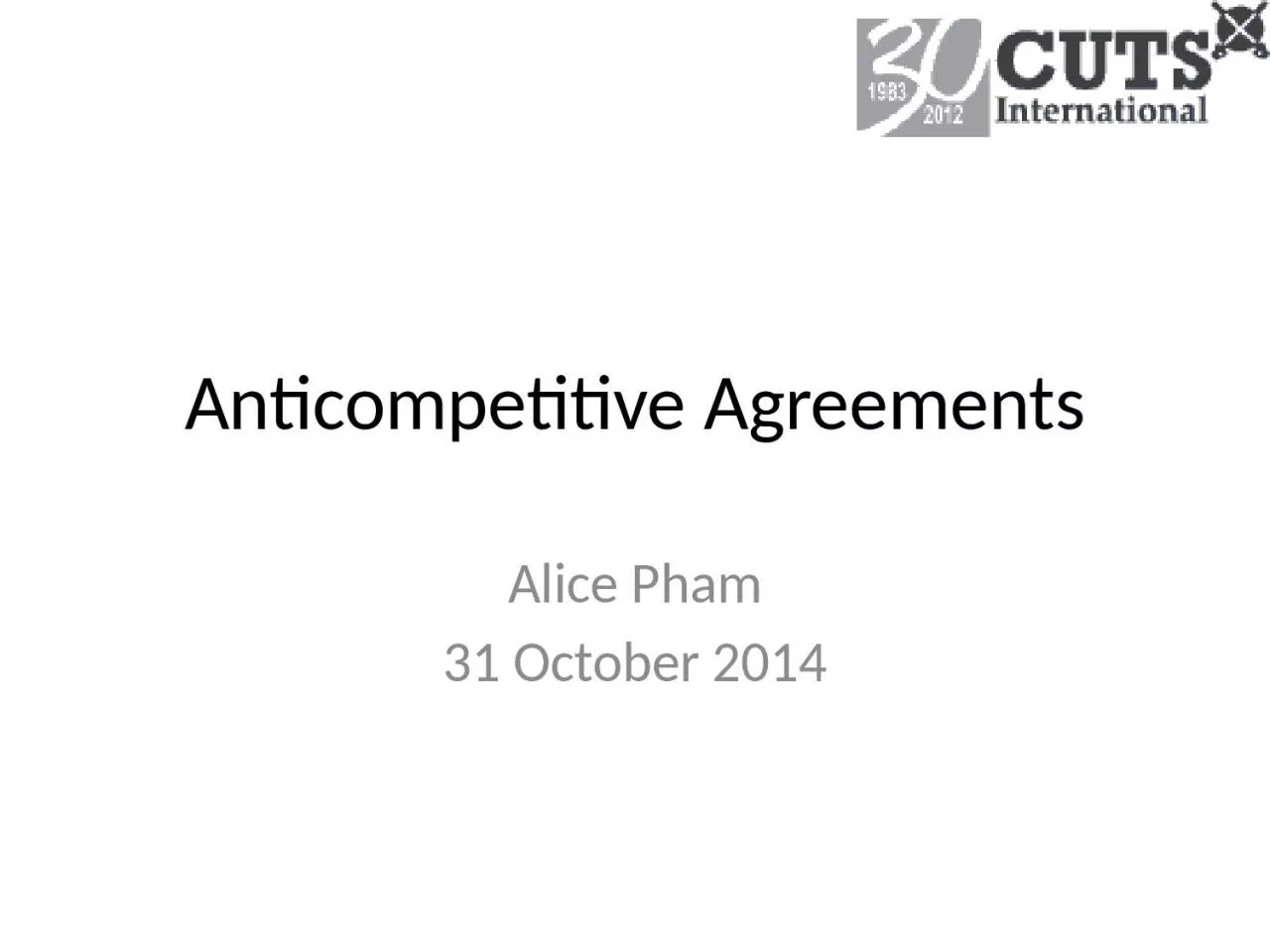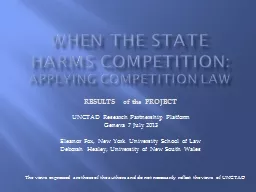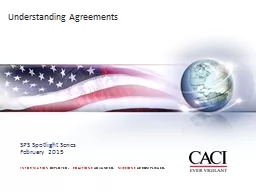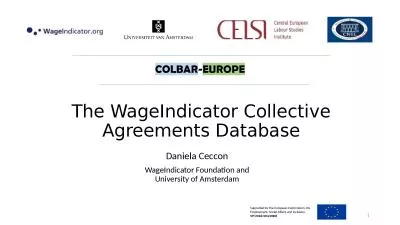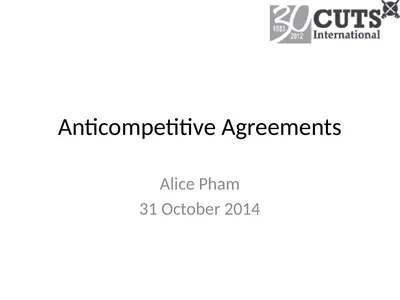PPT-Anticompetitive Agreements
Author : jordyn | Published Date : 2023-10-30
Alice Pham 31 October 2014 Main prohibitions of competition laws Competition law generally prohibits three main practices i anticompetitive agreements ii abuse
Presentation Embed Code
Download Presentation
Download Presentation The PPT/PDF document "Anticompetitive Agreements" is the property of its rightful owner. Permission is granted to download and print the materials on this website for personal, non-commercial use only, and to display it on your personal computer provided you do not modify the materials and that you retain all copyright notices contained in the materials. By downloading content from our website, you accept the terms of this agreement.
Anticompetitive Agreements: Transcript
Download Rules Of Document
"Anticompetitive Agreements"The content belongs to its owner. You may download and print it for personal use, without modification, and keep all copyright notices. By downloading, you agree to these terms.
Related Documents

